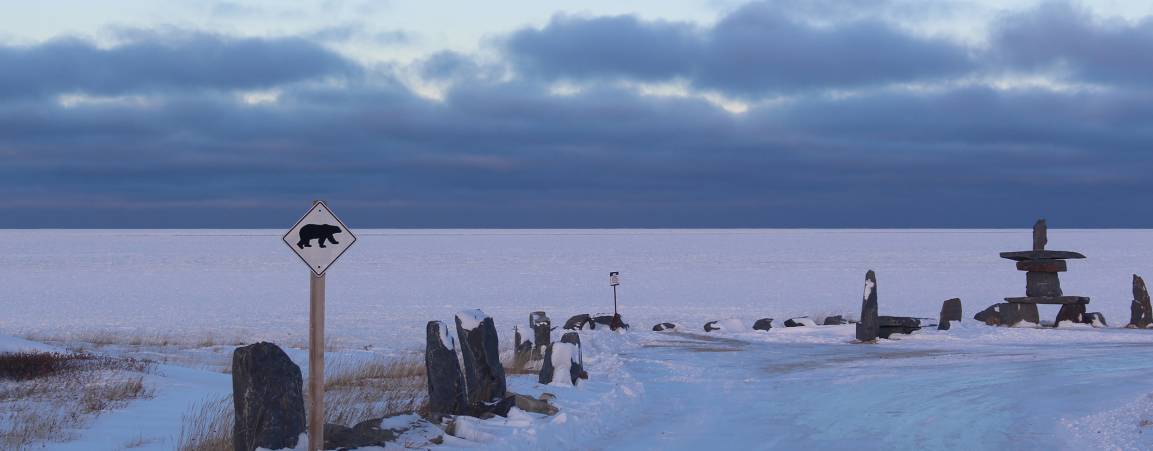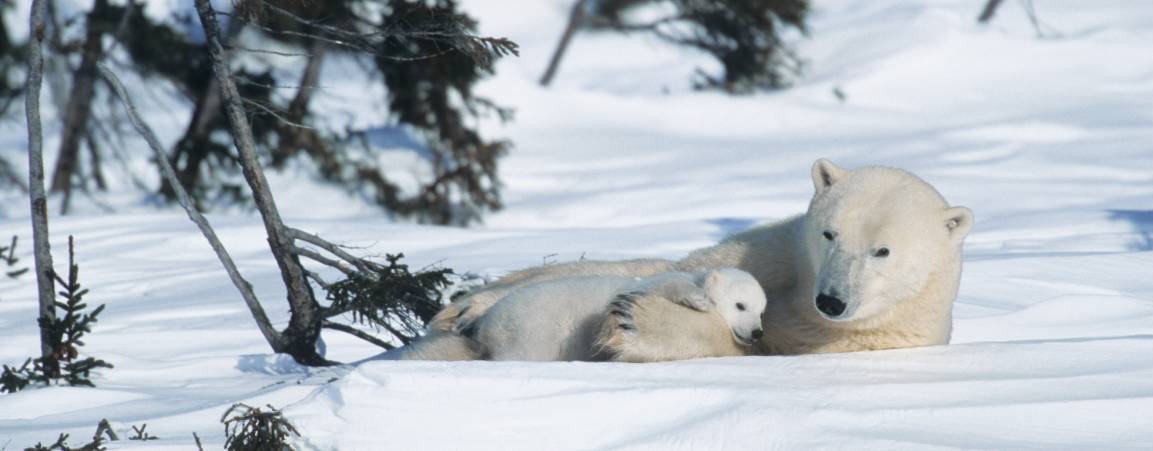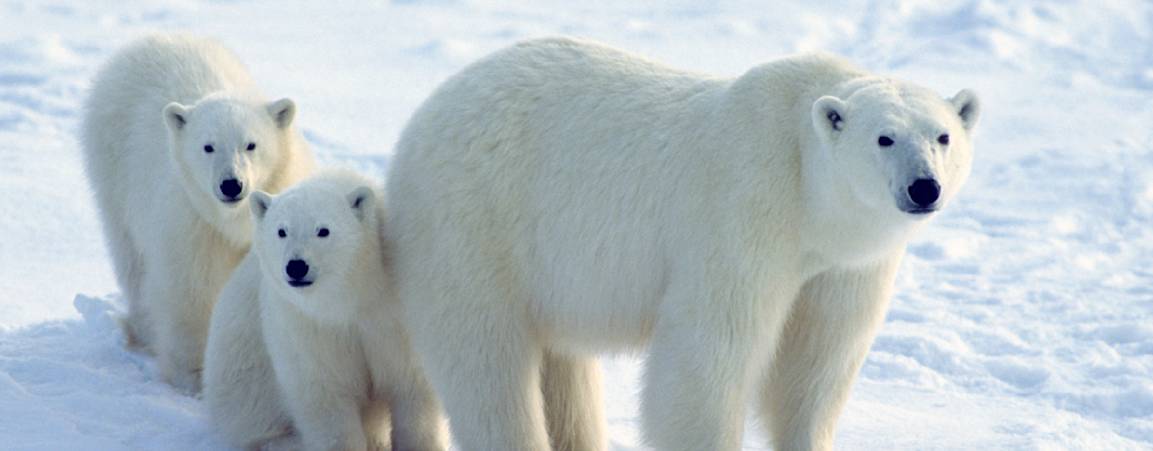Photo: Emily Ringer

Management
Across the Arctic, we work with partners on projects related to conflict-reduction and conservation management plans.
Bringing Together the Five Polar Bear Nations
We participate in circumpolar management groups like the Polar Bear Range States – comprised of representatives from the five polar bear nations (Canada, Greenland, Norway, the U.S. and Russia) – and its Conflict Working Group. It also includes our involvement with more specific conservation plans, such as the U.S. Polar Bear Recovery Plan and the Churchill Polar Bear Safe Working Group.
Polar Bear Management Meetings
Participating in meetings of the Polar Bear Range States, including a break-out group on reducing conflict between polar bears and people. Through our participation in this group, we’re working with colleagues to better understand what causes bear attacks and to learn from other conflict-reduction efforts around the globe and across species. The team’s goal is to reduce the expected increase in polar bear-human encounters and greatly minimize negative outcomes
Attending gatherings of the International Union for the Conservation of Nature Polar Bear Specialist Group
Contributing to national and regional conservation plans, such as the U.S. Polar Bear Recovery Plan for Alaska’s bears
Working with Communities to Reduce Conflict
What does it mean to be a polar-bear-safe community? The town of Churchill, with strong support from our team, has formed a Polar Bear Safe Working Group to answer this question. The goal is to set recommendations and establish protocols that will minimize encounters between polar bears and people, allowing both to thrive. The framework will help other Arctic communities become “polar bear safe,” too, reducing conflict and helping humans and bears coexist.

Researching Best Practices on Conflict Reduction
What are the best deterrents to use in polar bear encounters? Polar Bears International researchers recently took part in a study led by Dr. Tom Smith of Brigham Young University to research the effectiveness of bear spray in Arctic conditions. They found it was an effective defense in close encounters with polar bears and worked well even in wind and cold. The bottom line: Everyone should carry bear spray when in polar bear country.
Additional Initiatives
Polar-Bear-Safe Waste Bins
A proven way to reduce conflict with other bear species is to reduce food attractants. But polar bears are strong and easily able to open most waste bins. We recently purchased special polar-bear-safe bins for deployment around the town of Churchill, with future purchases slated for other Arctic communities.
Polar Bear Safety Coloring Books
Coloring books are a fun, non-threatening way to help kids learn to live safely around bears. The coloring books are part of our wider conflict-reduction efforts, with versions tailored to Canada, Alaska, Greenland, and Russia to date, with more in the works.













